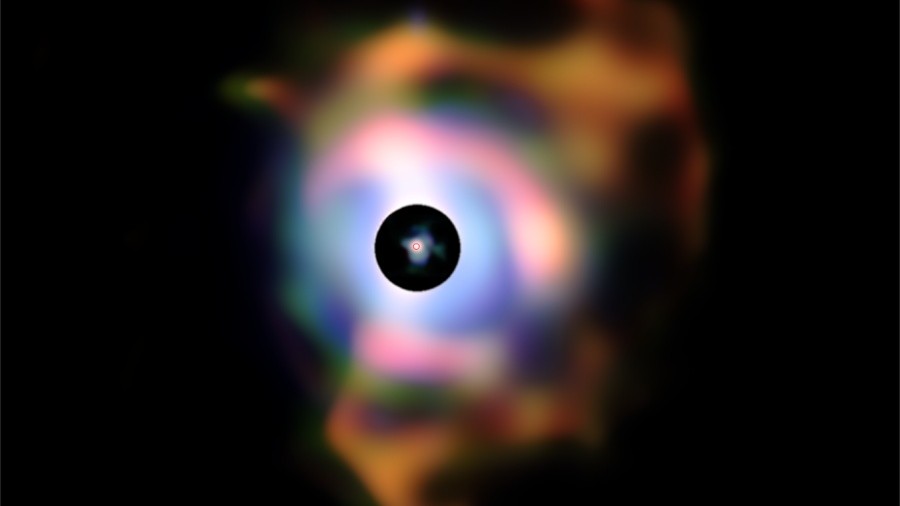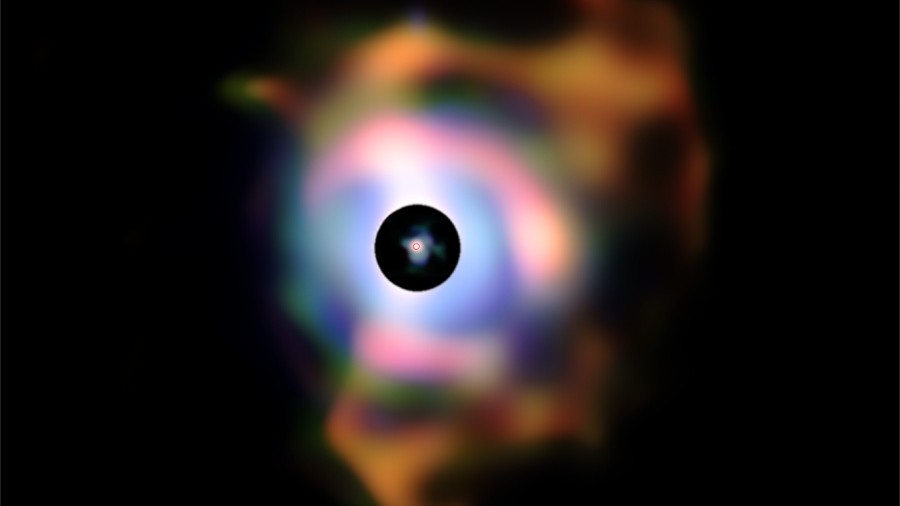


Betelgeuse is one of the brightest stars in the night sky, but it’s fainter than it’s been in nearly a century, dimming by a factor of two since just October. Its aggressive dimming is a familiar pattern for stars that enter their last phase of life before they explode into a supernova—leading many scientists to believe Betelgeuse is about to go supernova as well.
Betelgeuse, a red supergiant between 8 and 9 million years old, has now fallen from its perch as the ninth brightest star in the night sky, all the way down to number 23. Stars regularly brighten and dim, but accelerated dimming that doesn’t let up is usually a sign a star is cooling down and expanding just before it explodes. At just 650 light-years away, it’s now the nearest candidate for a supernova.
While the star probably has another 100,000 years of life ahead of it, its dimming presents a new opportunity for scientists to study the life cycle of stars that are on their last legs. Scientists have been able to study only a couple of stars before they went supernova, and none at such close range. Knowing more about what Betelgeuse looked like and how it behaved before the supernova would help us better characterize red supergiants across the galaxy, and perhaps help us predict when one might explode.
“These new observations have definitely prompted a resurgence in studying Betelgeuse,” says Emily Levesque, an astronomer at the University of Washington who studies this and other red supergiant stars. Betelgeuse’s close proximity to Earth means it’s perfect to peer at with smaller instruments, but the new observations mean some groups are now bringing out more powerful telescopes for follow-up observations.
The European Southern Observatory just used its flagship Very Large Telescope observatory in northern Chile to measure the diameter of the star and look more closely at its surface. The Hubble Space Telescope will also take a closer look at Betelgeuse in a few weeks. And other instruments—large and small, professional and amateur—will continue to make estimates of the star’s luminosity (the amount of light emitted from the surface), surface temperature, and size.
It may be that the dimming is being caused by something else (for example, the star may be shedding dust that’s obscuring the starlight, making it appear to be giving off less). But we’ll only know for sure once we have more data.
Edward Guinan, an astronomer at Villanova University who led the first report of the dimming last month, says we’ve already learned that Betelgeuse’s luminosity has dropped about 20%. Since October the star has noticeably expanded, and has cooled by about 100 °C.
“The results should be coming out pretty fast,” says Guinan. He and a colleague, amateur astronomer Rick Wasatonic, have been studying Betelgeuse for 25 years and were about to end their observations this year until the dimming began. “I guess it looks like we’ll keep at it for longer,” he says.